Underwater creatures: 5,000 new species found in the Pacific Ocean
A study in the Pacific Ocean has found 5,000 new species in the Clarion-Clipperton Zone. …
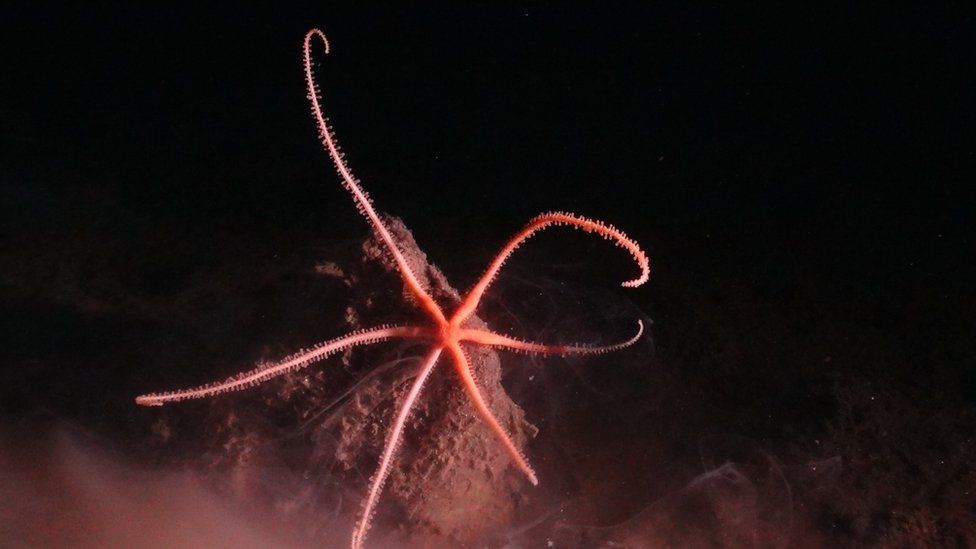
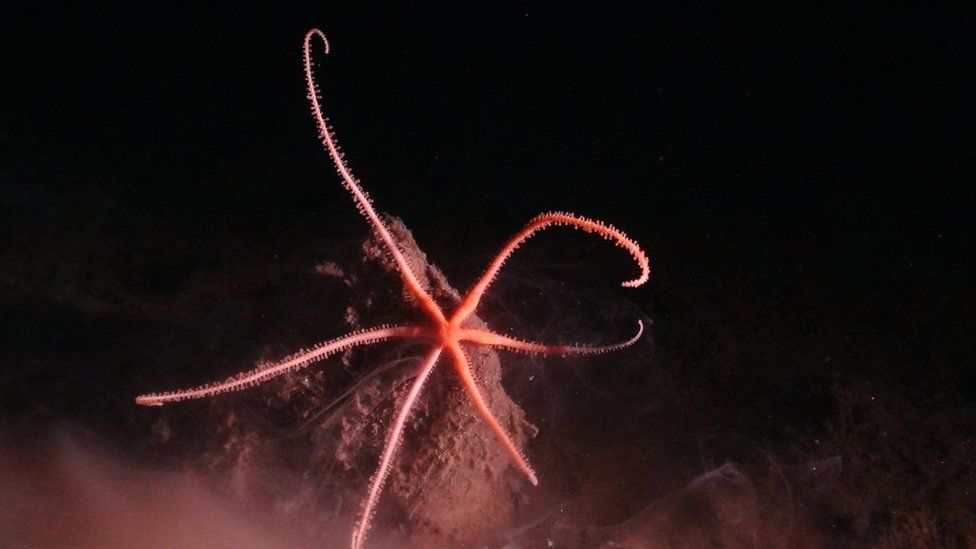 Image source, SMARTEX Project/ NERC
Image source, SMARTEX Project/ NERC5,000 new species have been found in an area of the Pacific Ocean called the Clarion-Clipperton Zone.
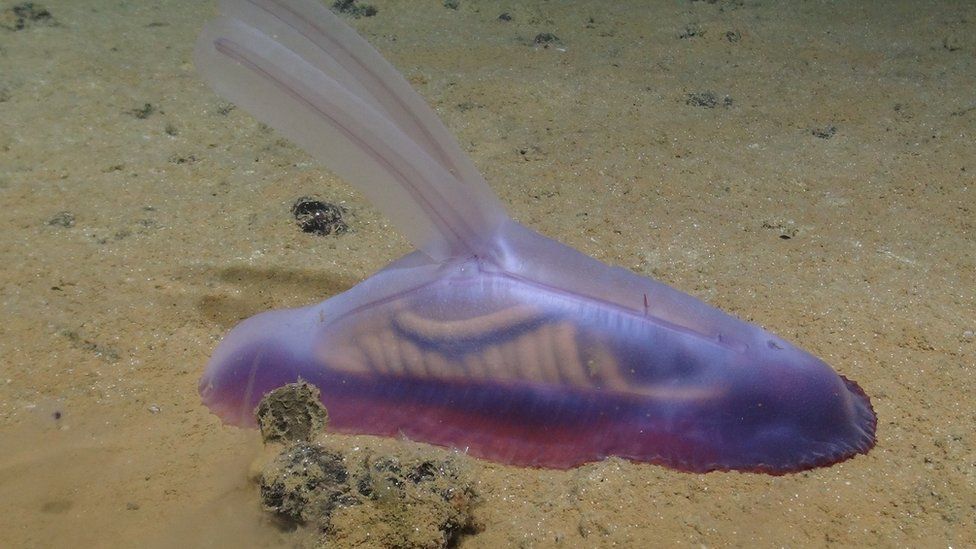 Image source, SMARTEX Project/ NERC
Image source, SMARTEX Project/ NERCThese weird and wonderful creatures include worms, corals and sea cucumbers known as “gummy squirrels and bears”.
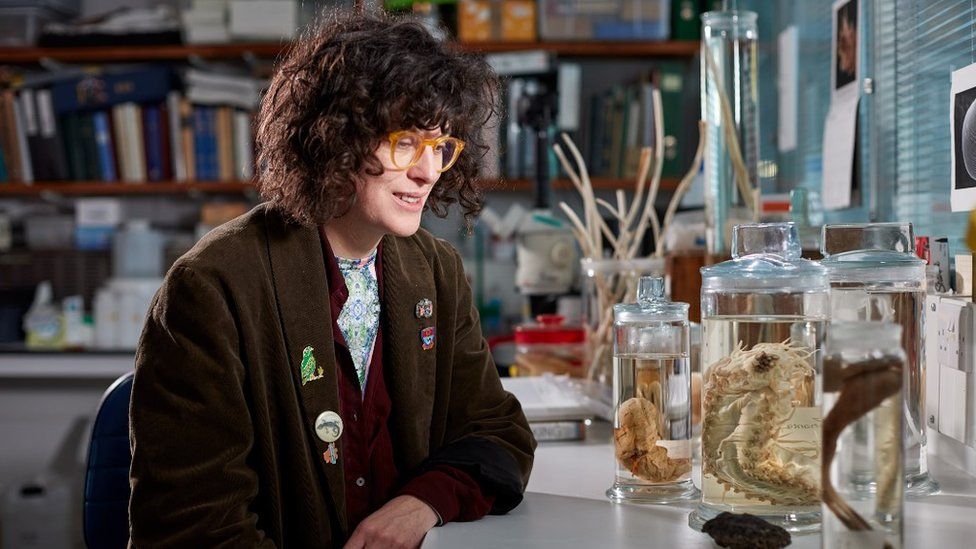 Image source, Natural History Museum, London
Image source, Natural History Museum, LondonScientists, like Muriel Rabone, have put together the list of creatures for the first time. There are plans to mine the zone for deep-sea metals which could put the nature of the area at risk.
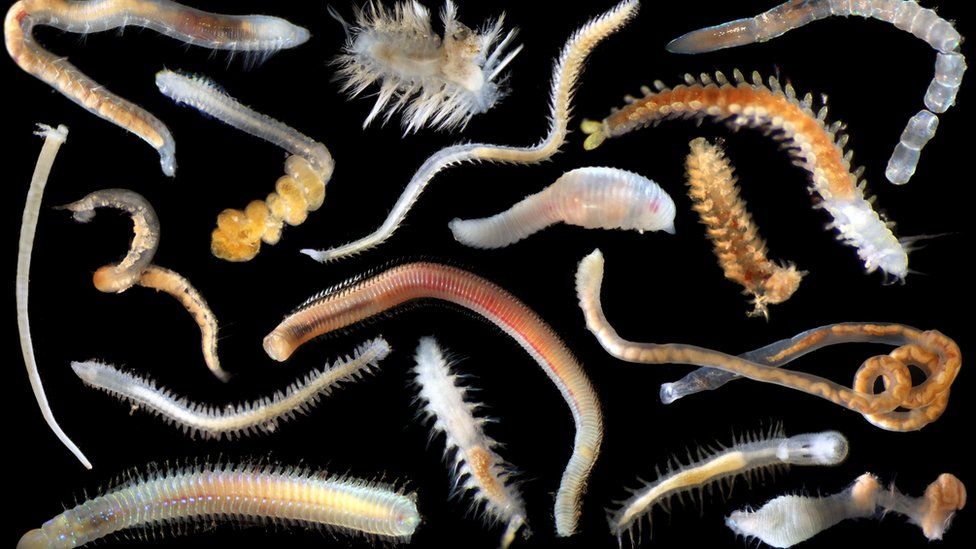 Image source, SMARTEX Project/ NERC
Image source, SMARTEX Project/ NERCOf the creatures found in the study, 90% of them were completely new to scientists.
Check out some of the species below!
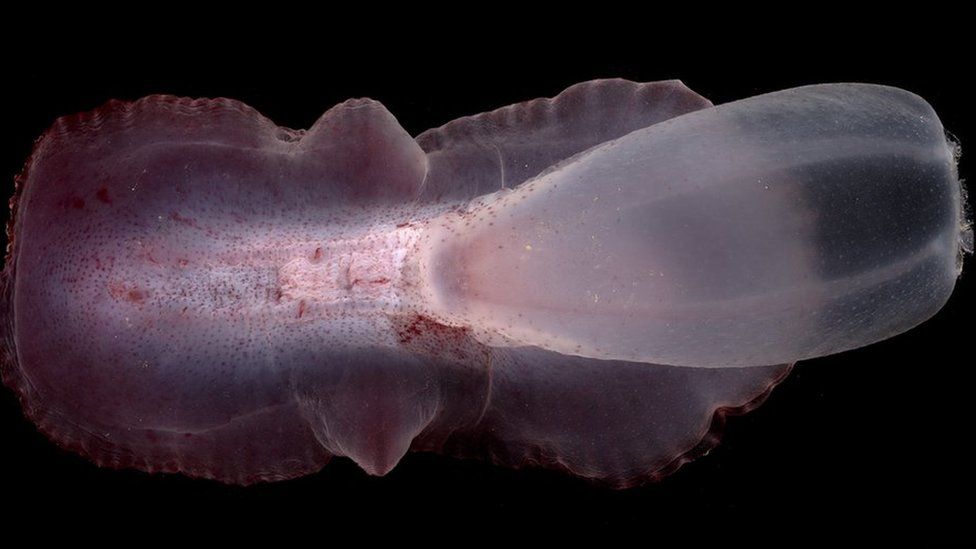 Image source, SMARTEX Project/ NERC
Image source, SMARTEX Project/ NERCAn abyssal gummy squirrel was one of the strange creatures found at the bottom of the ocean.
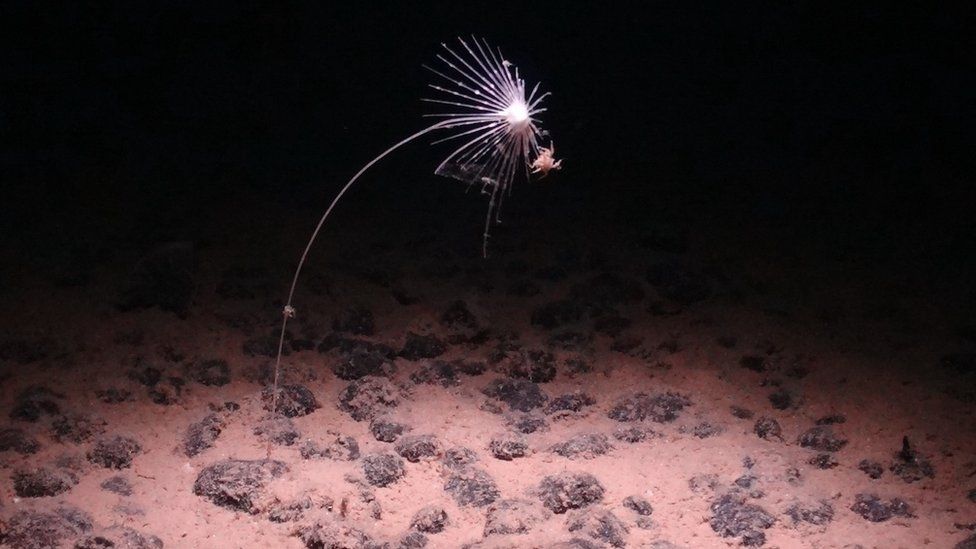 Image source, SMARTEX Project/ NERC
Image source, SMARTEX Project/ NERCScientists sent remote-controlled vehicles down to the bottom of the Pacific Ocean where they found species like this carnivorous sponge. It’s like a box being dragged across the ocean floor!
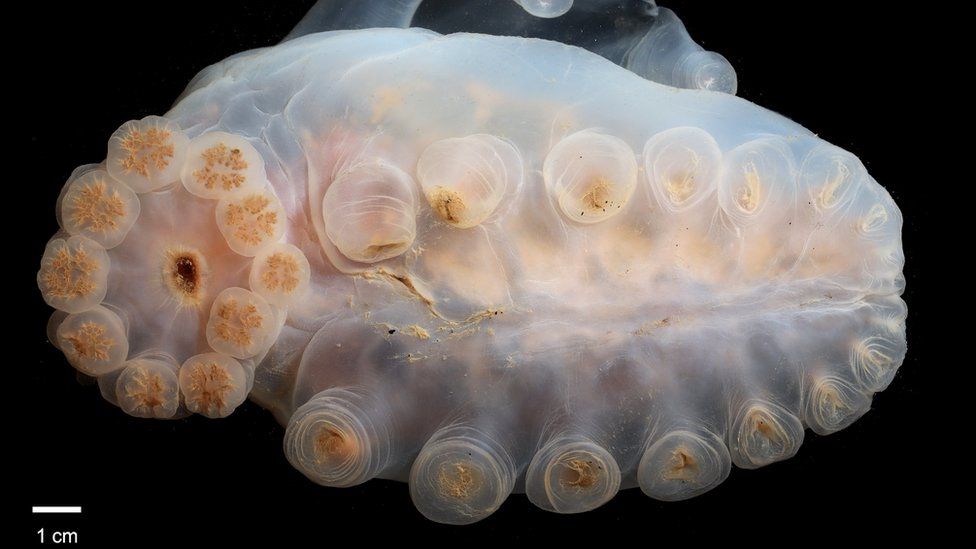 Image source, SMARTEX Project/ NERC
Image source, SMARTEX Project/ NERCThey then made a huge list of all the creatures that they found, like the abyssal sea cucumber.
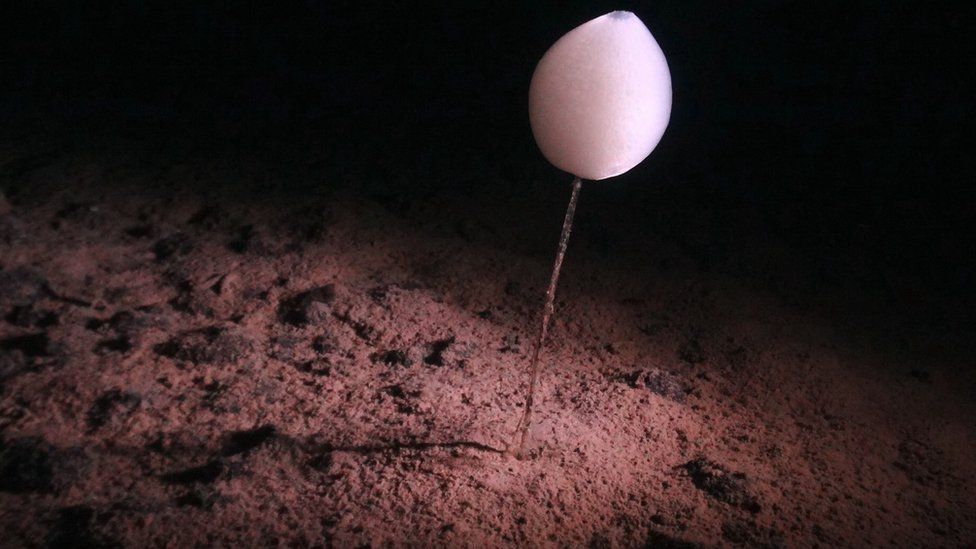 Image source, SMARTEX Project/ NERC
Image source, SMARTEX Project/ NERCIt’s the first time a list like this has been made of what lives in this area – like this ping pong sponge. Now they know what does live there they can begin to understand how to approach and protect these creatures.
 Image source, SMARTEX Project/ NERC
Image source, SMARTEX Project/ NERC5,000 new animal species were discovered and this anemone is one of them. But scientists think there’s a lot more still to be discovered.




